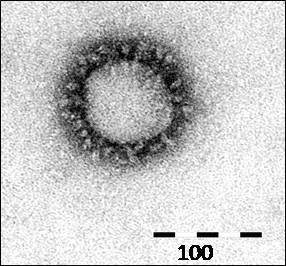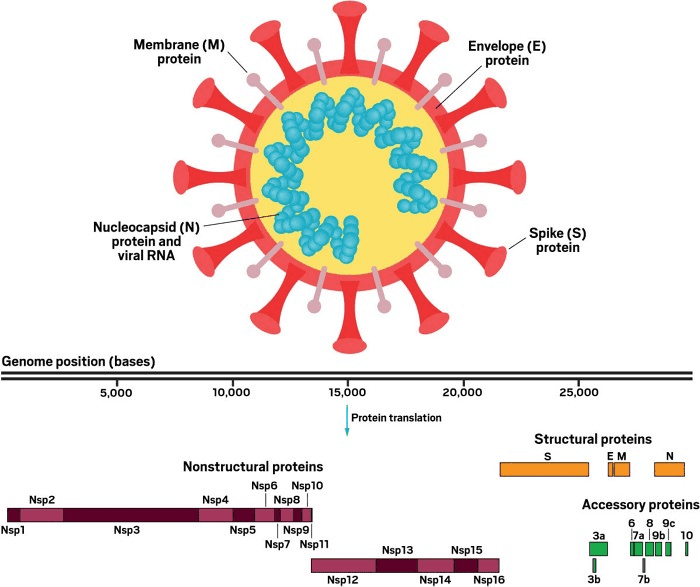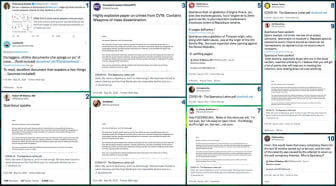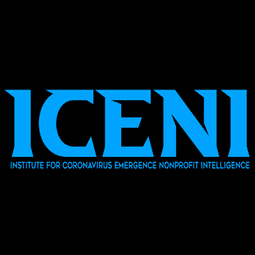The author(s) of The Spartacus Letter has a new substack page.
Just posted a new article today.

 iceni.substack.com
iceni.substack.com
Just posted a new article today.

ICENI Bulletins | Spartacus | Substack
Revealing COVID-19's Origins. Click to read ICENI Bulletins, by Spartacus, a Substack publication with tens of thousands of subscribers.





